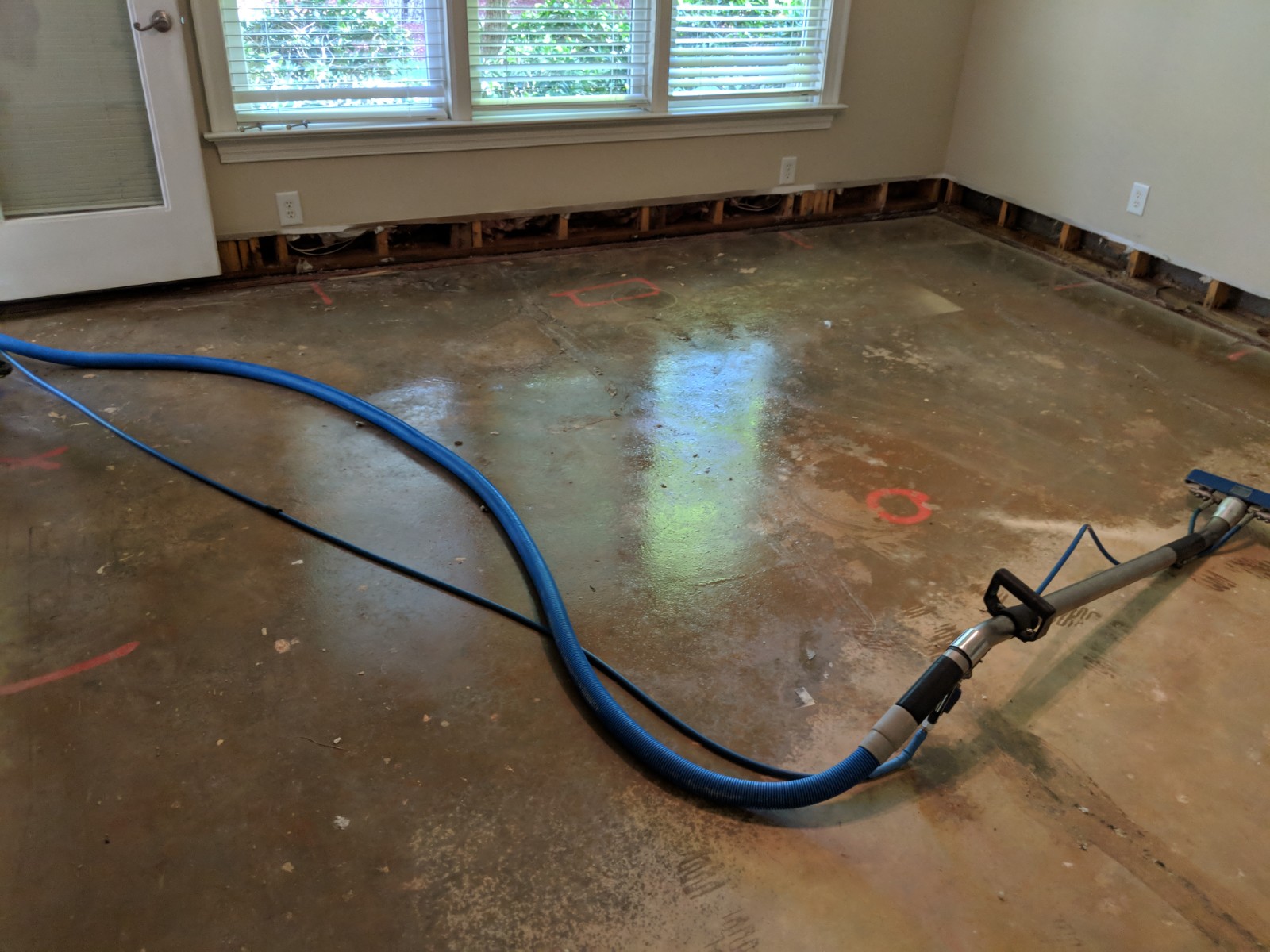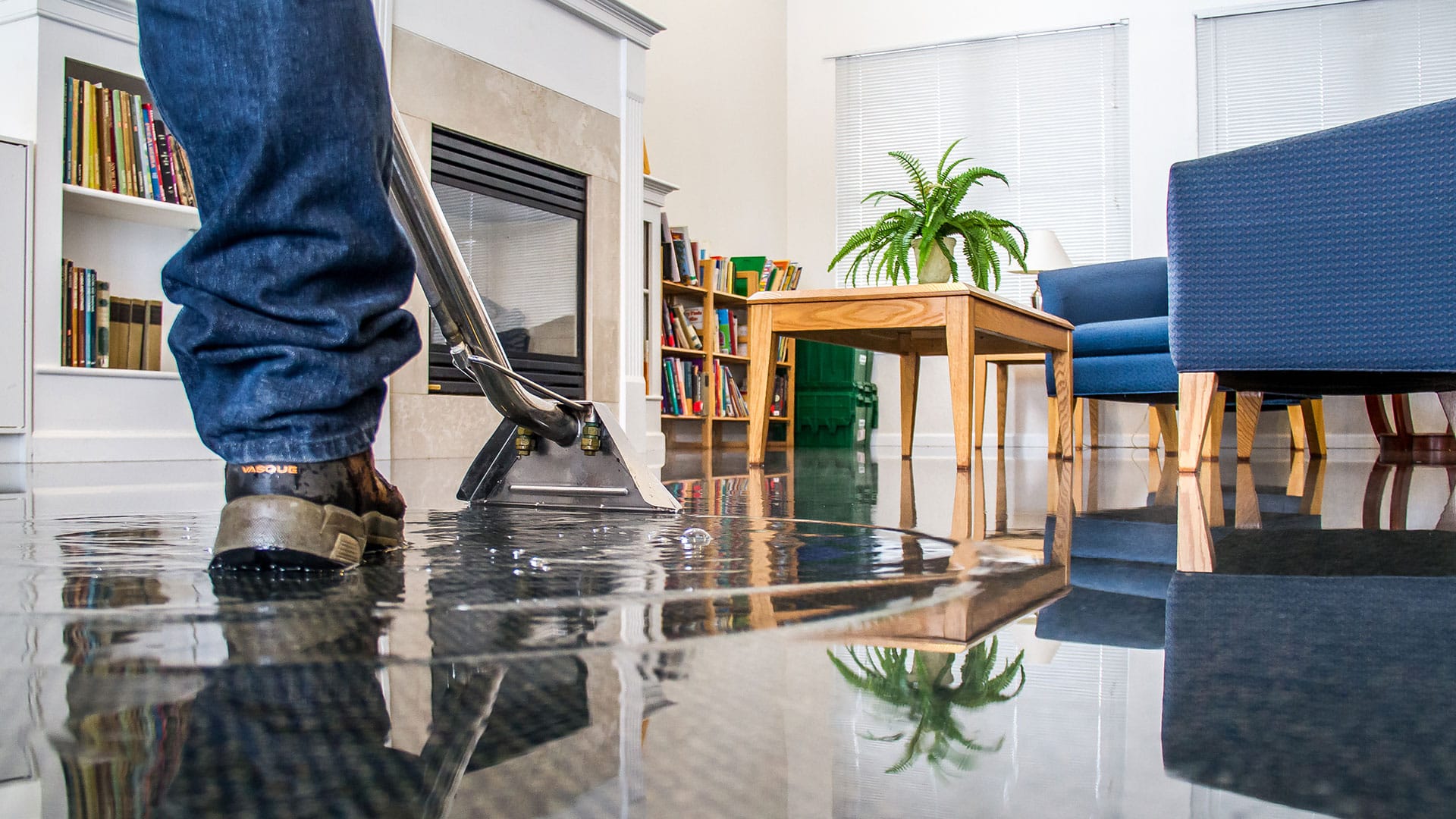Emergency Water Damage Remediation: Swift Action to Lessen Additional Damage
Water damage can strike suddenly and leave disastrous impacts on homes and organizations. When confronted with such a scenario, a quick reaction is important to reduce further damage and protect against possible wellness dangers. However just what does emergency water damages repair involve? In this conversation, we will explore the value of immediate activity, the evaluation process, the actions included in water extraction and drying out, mold avoidance and remediation, and ultimately, the reconstruction of the afflicted area. By recognizing the urgency and thorough nature of this process, you will certainly get important understandings into just how professionals take on emergency water damages, guaranteeing a swift and reliable action.
Value of Swift Response
Swift reaction is of utmost relevance in water damage repair to minimize additional damages and mitigate prospective threats. When water damage happens, whether as a result of a burst pipe, an all-natural calamity, or any other unpredicted event, time is of the essence. The longer water rests in a structure, the more damage it can trigger. This is why it is critical to act quickly and effectively to eliminate the water and begin the restoration process.
Among the primary factors quick feedback is essential in water damage restoration is to avoid the growth of mold and mildew. Mold can begin to expand within 24 to 2 days of water direct exposure, and as soon as it holds, it can spread out quickly throughout the afflicted area. Mold not only creates more damages to the framework of the building but also poses health threats to owners. By reacting quickly, experts can thoroughly dry out the location and prevent the growth of mold and mildew, decreasing the requirement for substantial remediation and ensuring the safety and security of those entailed.
Water damages can be devastating, particularly when it influences individual items of financial or nostalgic value. Acting quickly enables specialists to assess the damages and implement suitable repair strategies to recover as much as feasible.
Assessing the Extent of Damage

Throughout the evaluation, repair specialists extensively check out the damaged location to determine visible indications of damage, such as water stains, warped products, and mold and mildew development. They likewise utilize specialized equipment to spot covert damage, such as dampness meters and thermal imaging electronic cameras. This thorough analysis enables them to precisely determine the extent of the damages and establish a tailored reconstruction strategy.
Examining the extent of water damage is crucial since it assists specialists prioritize their initiatives. They can recognize locations that need immediate focus, such as standing water removal and drying, to protect against additional damage and lessen the risk of mold and mildew growth. They can additionally figure out the areas that require repairs or substitute, guaranteeing that no damages goes unnoticed or unattended.

Water Extraction and Drying Out Refine
The water extraction and drying out procedure is a crucial action in water damages reconstruction, as it entails the elimination of excess water and the detailed drying out of the damaged location to stop additional damage and reduce the risk of mold development. After analyzing the level of the water damages, the next step is to extract the water from the damaged location.
This step is crucial in stopping secondary damages, such as structural damages and the growth of mold and mildew and mold. The drying procedure may take a number of days, depending on the extent of the water damages and the materials entailed.
It is very important to ensure that the damaged area is entirely dry before continuing with any repair services or reconstruction. Failing to thoroughly dry the location can result in lasting issues, consisting of damaged structures, stuffy odors, and the development of mold and mildew and mildew. Expert water damages restoration business utilize dampness discovery equipment to make sure that the damaged location is completely dry before proceeding to the next action.
Mold And Mildew Avoidance and Removal
Effective mold prevention and remediation are vital in water damages reconstruction to ensure the security and stability of the afflicted location. mold remediation philadelphia. When water damage occurs, whether from a burst pipe, flooding, or a leaky roofing system, it creates an optimal atmosphere for mold growth. Mold can begin to create within 24 to 2 days after water damages, and if left unattended, it can spread out quickly and trigger major health and wellness risks
To stop mold growth, it is essential to attend to water damage without delay. The very first action is to repair the source and identify of the water invasion.
In cases where mold development has currently occurred, removal is necessary to remove the mold and avoid its return. This entails the cautious elimination and disposal of affected materials, such as drywall or carpeting, to guarantee that all traces of mold and mildew are eradicated. It is very important to note that mold removal should be brought out by specialists who have the needed training and tools to safely remove and deal with mold and mildew.
Recovering the Affected Area

To start with, it is important to completely dry out the location to stop any type of more damages and to inhibit the growth of mold read the article and mildew. This may include making use of specialized drying out equipment, such as dehumidifiers and industrial-grade fans, to eliminate all wetness from the afflicted surface areas.
As soon as the location is entirely dry, the restoration process can begin. This may involve repairing or replacing damaged structural elements, such as drywall, flooring, or ceiling tiles. It is very important to deal with any type of underlying problems that may have caused the water damage, such as dripping pipelines or damaged pipes, to protect against future cases.
In addition, bring back the afflicted area may additionally consist of painting walls, replacing harmed components, and completely cleaning and sanitizing the room. This makes certain that not just is the area structurally sound, yet it is likewise visually pleasing and safe for tenancy.
Final Thought
To conclude, swift feedback is critical in lessening additional damage triggered by water emergencies. Assessing the level of damage permits efficient water extraction and drying out processes to be implemented. Furthermore, mold avoidance and remediation are crucial in restoring the damaged location. Generally, timely action and extensive repair actions are key to mitigating the unfavorable impacts of water damage.
Swift response is of utmost value in water click site damage remediation to decrease further damage and alleviate possible risks.During the evaluation, reconstruction professionals completely take a look at the damaged area to identify visible indications of damages, such as water spots, deformed products, and mold and mildew growth.The water extraction and drying process is useful content a vital action in water damages reconstruction, as it entails the elimination of excess water and the comprehensive drying of the afflicted area to avoid additional damage and reduce the danger of mold growth. After assessing the degree of the water damages, the next step is to extract the water from the affected area.Effective mold and mildew avoidance and removal are vital in water damages repair to make sure the security and stability of the affected location.